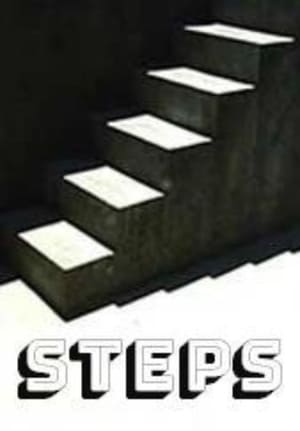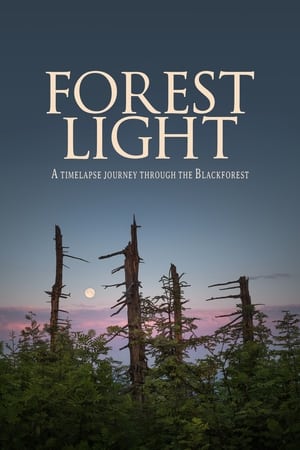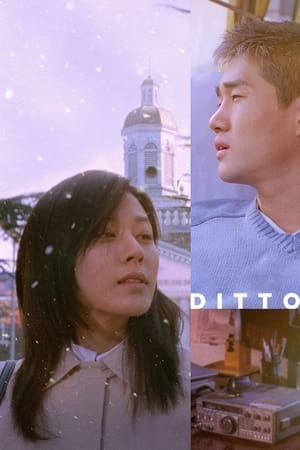

King Bee(2020)
King Bee is a time-lapse documentary/comedy about contemporary society and times. The collective portrait of the people of Spišský Hrhov – a Slovak village featured in the New York Times – strives to find answers to whether or not ideal community life is still attainable. In the 21st century, our society emphasises the importance of individual self-realisation, thus forgetting about our interdependence. Are we just going to bitterly, yet with admiration, watch the prosperous bee kingdom?

Movie: King Bee
Top 5 Billed Cast
Video Trailer King Bee
Similar Movies
 0.0
0.0Once Faithful(en)
Days slip away in a former baptist church haunted by its past
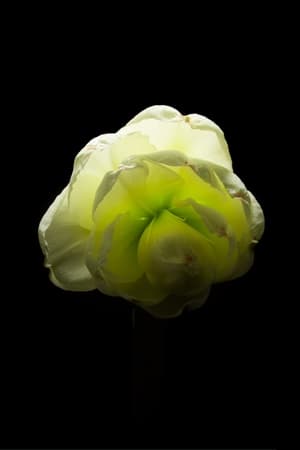 0.0
0.0Spring(en)
This is a companion piece to the Fall time-lapse. Intended to be the polar opposite of the first one. Not just the Fall vs Spring. But wide shots vs close ups, everything in focus vs shallow depth of field, very cutty vs one shot, contemporary music vs classical, static camera vs moving camera.
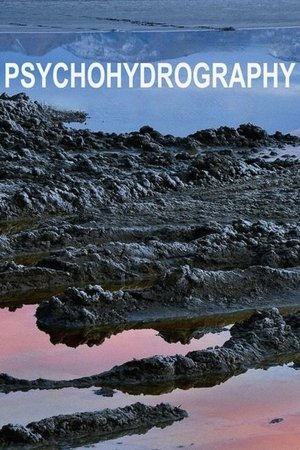 6.8
6.8Psychohydrography(en)
An analysis of the flow of water from mountain to aqueduct, city to sea. Shot at and around the Eastern Sierra Nevada, Owens Valley, Los Angeles Aqueduct, Los Angeles River and Pacific Ocean.
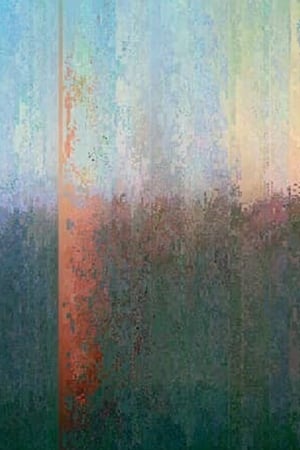 0.0
0.0Spectrum(xx)
A 1963 timelapse recording shows the effects of air pollution during an entire day on Santa Monica Bay in Los Angeles. A machine interpretation of an unstable version of the original file is divided into slits and rearranged in time, giving rise to a time panorama that mirrors an uncertain, abstract future lying ahead of us.
 8.7
8.7Timelapse of the Future: A Journey to the End of Time(en)
How's it all gonna end? This experience takes us on a journey to the end of time, trillions of years into the future, to discover what the fate of our planet and our universe may ultimately be. We start in 2019 and travel exponentially through time, witnessing the future of Earth, the death of the sun, the end of all stars, proton decay, zombie galaxies, possible future civilizations, exploding black holes, the effects of dark energy, alternate universes, the final fate of the cosmos - to name a few.
 0.0
0.0A Breath Of Summer(en)
Feel the rush of the breathtakingly beautiful National Parks of California with one deep breath of the summer air.
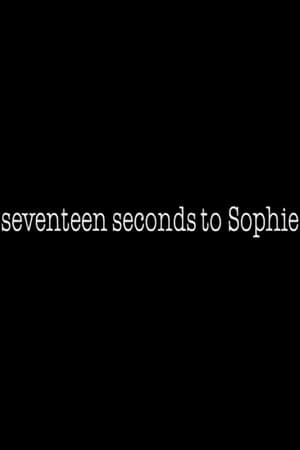 4.0
4.017 Seconds to Sophie(en)
The sound of a ticking kitchen timer introduces a slim, nude woman who is standing in semi-profile against a bare, off-white wall. Her expression is impassive. Her image flickers slightly, and we watch her abdomen grow, realizing we are seeing a time-lapse sequence of her pregnancy. After 17 seconds, the timer rings; a baby appears in her arms, and the time-lapse gives way to real time. A mother's beatific smile appears as she cuddles the child.
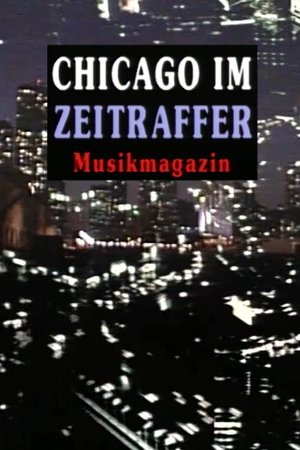 0.0
0.0Chicago in Time Lapse(en)
"At the beginning of the 19th century there is no Chicago. There was a fort that was set on fire by Indians shortly thereafter. Later, the turbulent expansion of a settlement began, which became a center for the immigrant workforce, traditional industry, slaughterhouses, and, in 1941, armaments for war. The Windy City on Lake Michigan is the fastest changing city in the world. This 35mm Arriflex film time-lapse footage is annotated with classic techno cuts and information about the tunnels under Chicago, the slaughterhouses, organized crime, Sears & Roebuck catalogs and other peculiarities of this strange city."
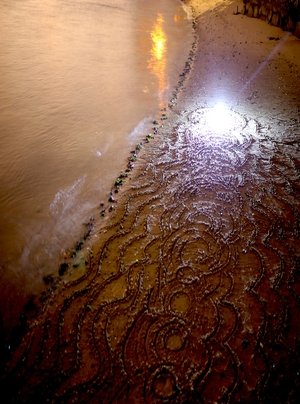 8.0
8.0LAND(en)
LAND is a fluid series of formal land animation experiments based upon the imprint of landscapes in various locations and intuitive interpretations of those movements. Shot in New York, Thimble Islands Bear Island, Connecticut, Armstrong Redwoods, Sonoma County, California, Hastings, England. note* (part of the EYE Filmmuseum Permanent Collection)
Forest Products(en)
Tiny parasols sprout up like fungi across a beautiful wooded landscape in this hybrid stop motion/timelapse short film.
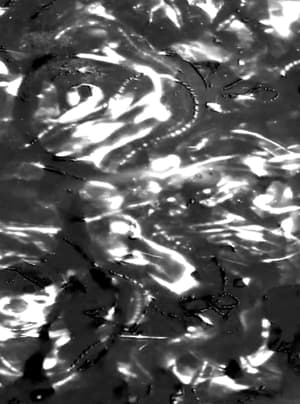 0.0
0.0Herione: Deo(en)
DEO A reimagining of Deo Gratias (ca. 1497) by Johannes Ockeghem. A Film by Eric Leiser. Animation by Eric Leiser. Composed by Pauline Kim Harris and Spencer Topel Deo is an acoustic-electronic transcription of Johannes Ockeghem’s stunning Deo Gratias devised as a complement to Ambient Chaconne. Notable as a 36-part canon, Ockeghem evokes singing of angels in heaven via an innovation on a traditional canon, using this ancient musical device as a kind of acoustic feedback delay. In essence, our Deo expands this idea of delays to a canon of thousands, in an ever expanding and infinite soundscape, where the melodies eventually dissolve into resonance.
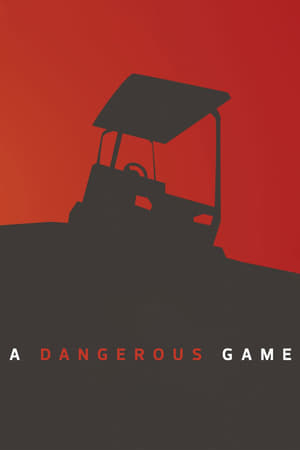 6.5
6.5A Dangerous Game(en)
In this sequel to the award-winning You’ve Been Trumped, director Anthony Baxter once again follows American billionaire Donald Trump and a cast of other greedy characters who want to turn some of the Earth’s most precious places into golf courses and playgrounds for the super rich. From the historic site of Dubrovnik to the ancient sand dunes and rolling green hills of the seaside town of Balmedie, these tycoons bully local residents, influence governments, ignore local referendums and even meddle in national environmental policies to acquire their latest trophies. With in-depth interviews and Baxter’s expert storytelling, we learn just how devastating these golf courses can be to the surrounding countryside and water tables. In this funny, inspiring and at times heartbreaking David and Goliath story for the 21st century, the locals don’t give in easily. But will their fight be enough to protect their land and traditional way of life?
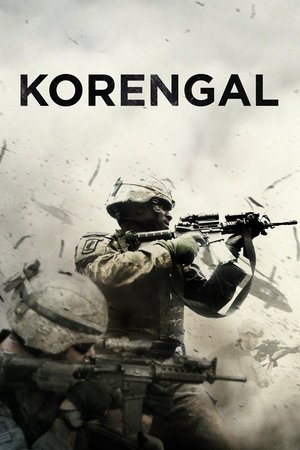 6.6
6.6Korengal(en)
Korengal picks up where Restrepo left off; the same men, the same valley, the same commanders, but a very different look at the experience of war.
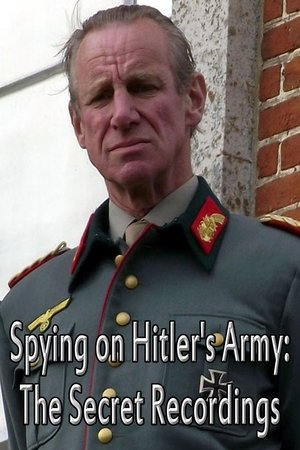 9.5
9.5Spying on Hitler’s Army: The Secret Recordings(en)
British intelligence undertook an audacious operation to listen in on the private conversations of 10,000 German prisoners of war without their ever knowing they were being overheard. The prisoners' unguarded reminiscences and unintentional confessions have only just come to light, and prove how closely the German army were involved in the atrocities of the Holocaust. British intelligence requisitioned three stately homes for this epic task, and converted each into an elaborate trap. The 100,000 hours of conversation they captured provided crucial intelligence that changed the course of the war, and revealed some of its worst horrors, from rape to mass executions to one of the earliest bulletins from the concentration camps. But when the fighting ended, the recordings were destroyed and the transcripts locked away for half a century. Only now have they been declassified, researched and cross-referenced.
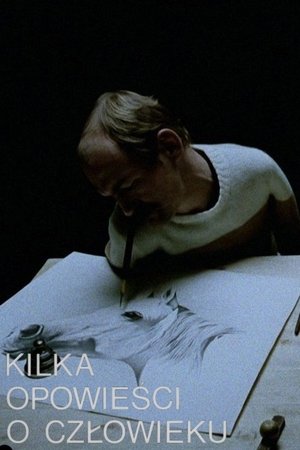 7.7
7.7A Few Stories About a Man(xx)
The film is a portrait of Jerzy Orłowski, an armless graphic artist. Impressionistic scenes present the protagonist in various situations: when he has to deal with everyday chores, when he jumps into water, skis and draws. Even the simplest activity requires struggle, resilience and outstanding fitness from him. Many takes are in slow motion, contemplating the smallest detail, which the director is so skilfully able to bring out.
 6.7
6.7Saul Bass: Title Champ(en)
Set to a bebop jazz beat, this documentary brings to life the extraordinary work of graphic designer Saul Bass, whose groundbreaking title sequences for Hitchcock's films transformed the art of movie titles. Through interviews with directors such as Martin Scorsese and Guillermo del Toro, this film reveals why Bass is still considered the medium's greatest artist.

